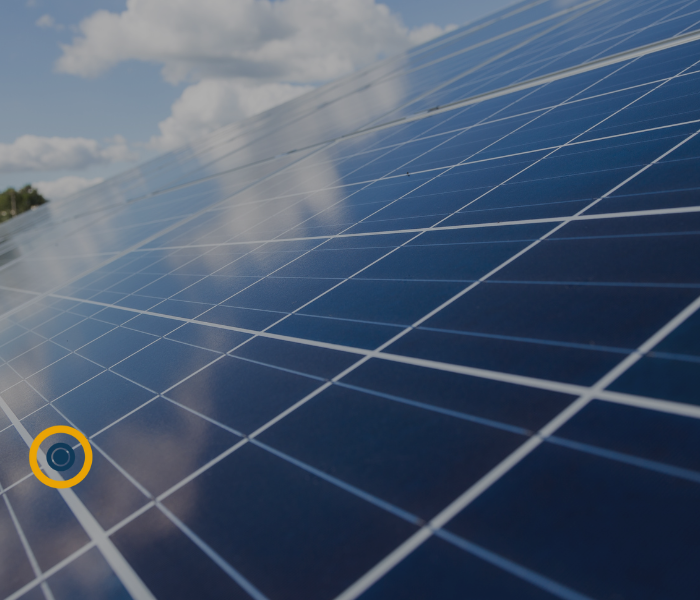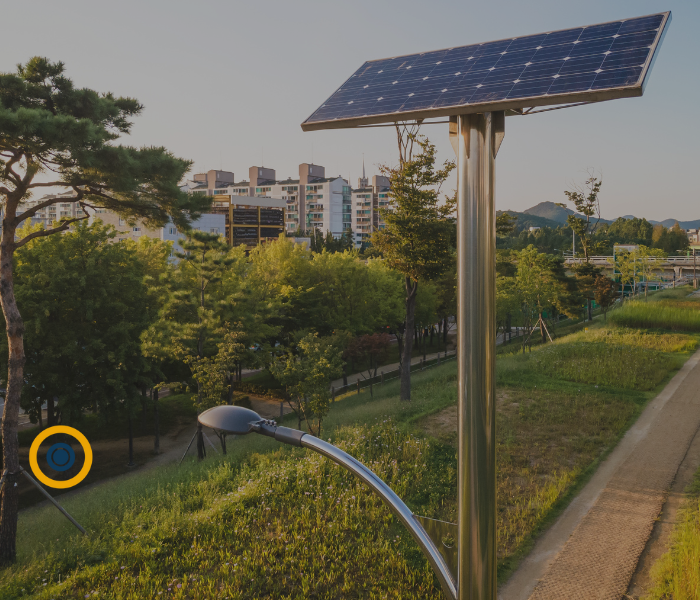
Choosing the right solar battery for an off-grid installation: what factors need to be taken into consideration?
In off-grid systems, solar batteries play a crucial role in ensuring the storage and availability of solar energy. However, choosing the right solar battery can be a challenge, as there are many factors to consider to ensure optimum performance.
Whether you’re a solar manufacturer or an OEM, this article will guide you through the key factors to consider when selecting the right solar battery for your off-grid system.
Technical factors to consider when selecting the right solar battery for an off-grid installation
Battery technology
Different solar battery technologies are available on the market: lead-acid, nickel-metal hydride (NiMH), lithium-ion and others.
In addition to their cost, each technology has its own characteristics in terms of resistance to external conditions, energy density and lifespan. Choosing the right technology therefore depends on a number of factors, not least the battery’s expected performance.
- Longer life and high energy density: If your aim is to optimise the life of the battery, i.e. the number of charge/discharge cycles, you should opt for a lithium-ion solar battery, specifically Lithium Iron Phosphate (LiFePO4). This type of battery lasts 10 times longer than a lead-acid battery.In addition to their long life, LiFePO4 batteries also offer a high energy density, meaning the amount of energy that can be stored in the same volume is much greater. By way of comparison, a LiFePO4 solar battery has 3 times the energy density of a lead-acid solar battery.Today, LiFePO4 lithium technology is the most efficient in the solar energy sector and is used by Belios to design its Longlife solar batteries.
- Tolerance to extreme environmental conditions: Off-grid solar installations are often exposed to hostile environmental conditions such as extreme temperatures, vibrations and high humidity. Choosing a solar battery with a good tolerance to these conditions helps to guarantee its reliability, performance and lifespan. This choice is all the more crucial when the solar installation in which the battery is installed is located in an isolated, hot or humid geographical area (countries in the Middle East, Africa, isolated regions, etc.). For example, the lifespan of a lithium-ion battery is divided by 2 to 3 when it is used at 45°C instead of 25°C.NiMH (nickel-metal hydride) batteries such as Belios Xtreme solar batteries are best suited to this type of installation. They are perfectly resistant to temperatures ranging from -25° to +80°, compared with lead batteries, which cannot withstand temperatures above +40°.
Charging and discharging efficiency
The charging and discharging efficiency of a solar battery is a key factor to consider. A high-efficiency inverter will convert more solar energy into stored energy, maximise the use of solar energy and reduce losses.
A solar battery is recharged via one or more solar panels. The energy produced by the solar panels is then transformed and stored in the battery using a solar charge controller, whose role is to optimise the amount of energy produced by the solar panel. There are two types of solar regulator: PWM (Pulse Width Modulation) and MPPT (Maximum Power Point Tracker), each with its own characteristics.
MPPT is the more advanced version and maximises the performance of a solar panel by helping it to operate at the ideal voltage to produce maximum power output. MPPT can increase the power extracted from the solar panel by between 30% and 40% compared with a PWM solar regulator.
This MPPT intelligence enables Belios to offer high-performance solutions. Each of our solar batteries is fitted with a S.L.I.M electronic board incorporating an MPPT module.
Energy management and battery safety
Some solar batteries are equipped with an integrated Battery Management System. This system monitors the battery in real time, in particular the temperature and voltage of its cells and its state of health. This prevents the risk of overcharging, excessive deep discharging and short circuits.
As a manufacturer of solar power systems, considering the presence of a BMS in the battery you select means you can be sure of a battery that is safe and has the functions you need for your solutions to work properly.
To meet this need, Belios integrates a BMS module into each of its solar batteries. This module contains intelligent software developed by our research department and adapted to each of our solar batteries.
Choosing a highly qualified solar battery manufacturer
Whatever the solar installations you need to power (solar street lamps, surveillance cameras, display panels, etc.), it’s important to entrust the design of your batteries to an industrial expert in solar energy.
This professional must be able to select the most appropriate battery technology for your needs and support you from A to Z to develop a high-performance, all-in-one solution.
All Belios batteries are designed in-house by a dedicated R&D centre. This enables Belios to meet all your technical requirements and to monitor the manufacturing process for your batteries right through to industrialisation (small to large series) in our factory near Bordeaux.
Specialising in solar energy, Belios benefits from the expertise of its parent company Neogy in the design of batteries and systems, as well as the expertise of the other companies in the Startec Energy group, to which it belongs: BMS PowerSafe for the development of BMS boards and Clairitec, an electronics design office.
Reach out a Belios expert to find out more about our support in developing your solar batteries.

